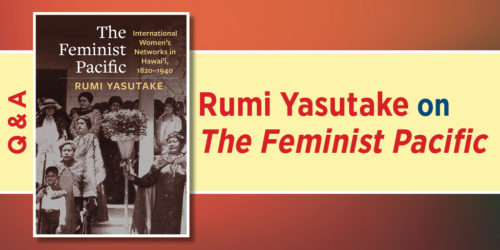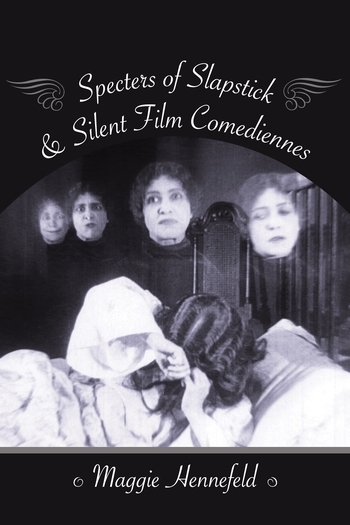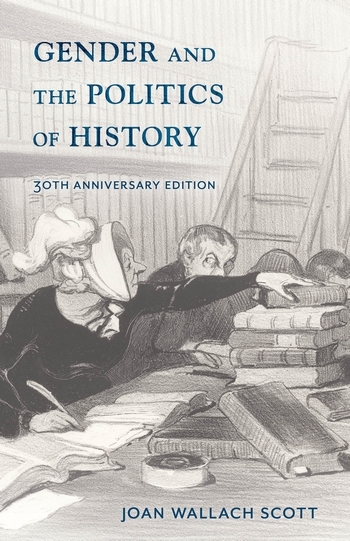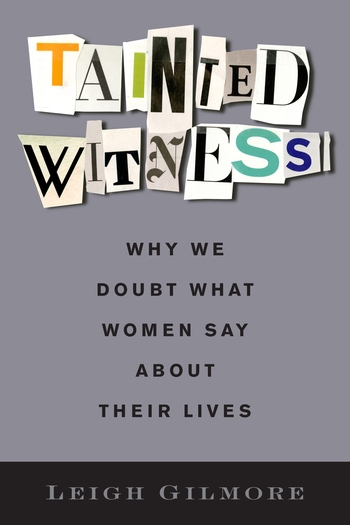Susan J. Wolfson on Mary Wollstonecraft and A Vindication of the Rights of Woman
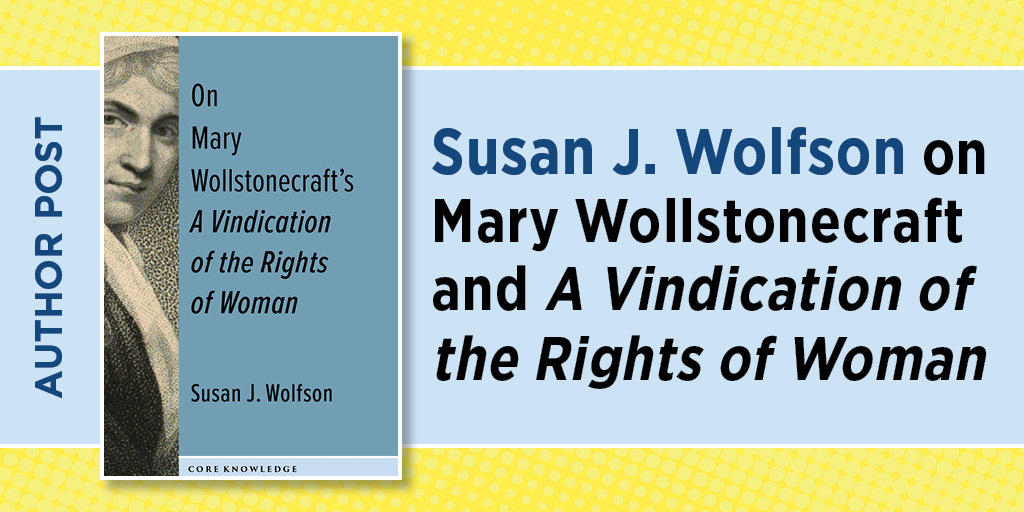
It was so exciting, so interesting, so educational, so sobering, so exhilarating to plan, research, and write On Mary Wollstonecraft’s A Vindication of the Rights of Woman. Sobering because my grandmother, born in the 1890s, was a suffragist; sobering because in many parts of the world, and in this country, too, “the Rights of Woman” are under debate, actively denied. Wollstonecraft was shaping a revolutionary argument in the 1790s. She had been thinking about this when she wrote her “first Vindication,” A Vindication of the Rights of Men, published in November 1790, in the wake of the French Revolution of July 1789. When she put her name to the title page of the second printing in December, she became famous—so famous that the Rights of Woman had ready interest.
Some of you may know that in addition to A Vindication of the Rights of Woman (1792), Wollstonecraft’s other noteworthy production was the daughter who became “The Author of Frankenstein,” its second edition (1823) unveiling the anonymous author of 1818 as “Mary Wollstonecraft Shelley.” The landmark Vindication haunts the imagination of this epochal science fiction. Rights of Woman addresses the “prevailing opinion,” around the globe and through the ages, that regards one half of humanity as inferior by sexual difference. Frankenstein delivers a Creature of a different body that that dooms him to abuse, loneliness, and existential misery. Wollstonecraft’s (uncompleted) last project, The Wrongs of Woman, or Maria (which Shelley was reading just before she wrote Frankenstein) has an inset narrative of a serially abused female bastard that reads like a precursor text for Frankenstein’s Creature. Woman’s Rights and Woman’s Wrongs mapped the world as Wollstonecraft saw it.
Woman’s Rights and Woman’s Wrongs mapped the world as Wollstonecraft saw it.
What of the genre, Vindication? More than “Thoughts on” or even that eighteenth-century favorite, “Letters on,” it’s a polemical defense, an assertive justification. The famous motto of the French Revolution, Liberty, Equality, Fraternity, had turned out to be a fraternity after all, denying women citizenship and substantive education. Wollstonecraft invokes a Creator who has endowed all human creatures with rational capacity. Women’s so-called inferiority, she contended, is due to miseducation. Girls are “made women, almost from their very birth” by what they are told and how they are managed, how they are trained to be weak, irrational, and dependent and then admired for these qualities while they are being oppressed by the same. The visionary horizon of Rights of Woman is an educational utopia: free, national day-school coeducation, on a curriculum of intellectual subjects and physical activity for both sexes. Uniforms, too: not only to get rid of vanity but also to efface class differences.
How surprising, then, that such a vindicator could go dim for nearly a century under a cloud of disgrace. It wasn’t Rights of Woman per se. Aside from some reactionary snipes at its language of a “revolution” in her call for reforms, Wollstonecraft’s good sense was generally appreciated. But four months after her death in September 1797, another “Wollstonecraft” was born: a menace and a monster, an atheist, a slut, a pathology, and a castrating threat to male authority. The midwife, weirdly, was her adoring husband, William Godwin. In a wash of grief-work, he immersed himself in writing Memoirs of the Author of a Vindication of the Rights of Woman, published January 1798. He said he had “put down the leading traits of her intellectual character.” But, on a principle of candor, he had put down much more. This included her futile pursuit of a married artist, Henry Fuseli, two out-of-wedlock pregnancies (first with Gilbert Imlay in 1793, then with Godwin in 1797), two suicide attempts from the tumults of rejection by faithless Imlay, and intimate details of her agonizing death from childbirth, during which, said the atheist Godwin, “not one word of a religious cast fell from her lips.” Vicious reactionaries could not have been more delighted, quickly rebranding “Wollstonecraft” as a byword for degenerate and judging her death a divine retribution for her rebellion against woman’s lot. One review called Rights of Woman the “philosophy of a whore.” Its index, under “Prostitution,” reads “See Mary Wollstonecraft.” When, decades on, in 1869, John Stuart Mill published The Subjection of Women, he echoed Wollstonecraft’s points, but he could not name her. It wasn’t until the 1890s (the decade of my grandmother’s birth) when the suffragist movement was gathering steam, that Wollstonecraft returned to respectability, with centennial editions of Rights of Woman edited by activists and the portrait that is detailed on the cover of my book—the sober, leveling gaze of a woman of principle—widely circulated.
A prime target is the word innocent. More than a word, it’s a toxic ethos. “Why should women be kept in ignorance under the specious name of innocence?” asks Wollstonecraft.
While A Vindication of the Rights of Woman has been dubbed a “feminist declaration of independence,” it’s worth putting “feminist” into historical perspective. In 1792, there was no such adjective in our sense of the word, no systematic critique called feminism—let alone a feminist class consciousness. Just for the adjective meaning “of, relating to, or advocating the rights of women,” the first listing in Oxford English Dictionary is 1852, sixty years after Rights of Woman. The nominative feminist (for the advocator) would take another thirty-five years. In 1792, Wollstonecraft’s radical move was to treat gender—masculine, feminine—not as grounded in “nature” but as a cultural language packed with value-investments that get called “natural.”
The idea of “woman” as something “made”—a social, cultural, economic, and textual fabrication—was the first revolution, a revolution in language. Wollstonecraft writes Rights of Woman with a politics of style: “My own sex, I hope, will excuse me if I treat them like rational creatures, instead of flattering their fascinating graces [she mocks with italics], and view them as if they were in a state of perpetual childhood,” to be puffed with praises for “susceptibility of heart, delicacy of sentiment, and refinement of taste.” These are “synonymous with epithets of weakness,” she puts it plain. Men use such “soft phrases” to “soften our slavish dependence.” Her phrases are otherwise: she will “disdain” to “polish my style,” and instead “persuade by the force of my arguments.” She will treat gender-terms not only as a social manufacture, but as a structure in which both men and women may operate. Women may be praised as “masculine” (as was Wollstonecraft) for rational intellect, and men may be deemed “unmanly,” even “effeminate,” in the structure of their lives and failure of reason. Standing armies are full of men with “polished manners,” sporting “gay ornamental drapery,” an “air of fashion,” and formed to unthinking obedience—just like “the fair sex.” So, too, clergymen, trained to “blind submission” and obsequious manners. Even the power elite of kings and court, weakened by self-indulgence, “stifled by flattery,” with no flexing of moral reasoning, are virtual women in her measure.
A prime target is the word innocent. More than a word, it’s a toxic ethos. “Why should women be kept in ignorance under the specious name of innocence?” asks Wollstonecraft. Children “should be innocent,” she allows, “but when the epithet is applied to men, or women, it is but a civil term for weakness.” Keeping women “innocent” really means “in a state of childhood” rather than responsible adulthood. You may know the famous maxim in Thomas Gray’s Ode on a Distant Prospect of Eton College (1747): “where Ignorance is Bliss, / ’Tis Folly to be wise.” Wollstonecraft genders this antithesis and upends the logic. Those Eton lads are still getting an education while their sisters are left to sheer ignorance. Refuting the lore that knowledge is folly, Wollstonecraft exclaims, “Ignorance is a frail base for virtue!” Girls learn that just a little learning and an affectation of inferiority are all that’s needed to gain “the protection of man”—“and should they be beautiful, every thing else is needless [her zinger], for, at least, twenty years of their lives.”
Wollstonecraft’s first revolution was linguistic, to liberate gender descriptors from sexual claims and determinations.
What about masculine as praise for a brainy woman? “I will not call hers a masculine understanding,” she writes of a woman of letters she admired, “because I admit not of such an arrogant assumption of reason”; in this woman’s writing “no sex appears”—that is, no clue she’s female. In 1792, such gender-transcendence was as utopian as that system of free national public education. Wollstonecraft’s first revolution was linguistic, to liberate gender descriptors from sexual claims and determinations. She knew that revolution will “be impossible till . . . the times are changed, and formed on more reasonable principles.” “I know that it will require a considerable length of time to eradicate the firmly rooted prejudices.” A Vindication of the Rights of Woman was a first, vigorous uprooting. Where are we today?
My mother and my aunts were born before women had the vote in the United States. In 1792, a woman such as I—voter, professional academic—was a sheer impossibility. The practical “rights of woman” is a very recent formation. The prospect of a female president is still remote, and women’s control over their bodies is now a serious question. The Supreme Court’s Dobbs decision; the brave revolt of young women in Iran against the patriarchs; the sexist ridicule of women in positions of power; the persistent sexism of everyday life.
Wollstonecraft knew that progress would be slow, uncertain, difficult, so she told a friend in April 1797, not knowing that this would be her last spring:
Those who are bold enough to advance before the age they live in, and to throw off, by force of their own minds, the prejudices which the maturing reason of the world will in time disavow, must learn to brave censure. We ought not to be too anxious respecting the opinion of others.—I am not fond of vindications. . . . I am easy with regard to the opinions of the best part of mankind—I rest on my own.
How winning the rhyming wit of the words she took care to underline: best and rest. If A Vindication of the Rights of Woman did not effect immediate changes in social policy, it accomplished much with literary activism. Two hundred and thirty-one years on, “Wollstonecraft” has become a name of global consequence for still revolutionary principles and aspirations. “The Rights of Woman” is a work in progress, even now, and ever more important.
Susan J. Wolfson is professor of English at Princeton University. An expert on the British Romantic era, she is the recipient of numerous prizes and awards, including grants from the National Endowment for the Humanities, the Guggenheim Foundation, and the American Council of Learned Societies. She is the author of On Mary Wollstonecraft’s A Vindication of the Rights of Woman: The First of a New Genus.

